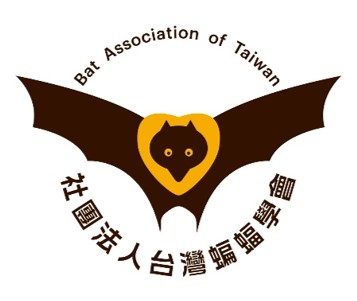蝙蝠研究
1997_台灣產褶翅蝠體內錐蟲(裂錐亞屬)培養形態、宿主專一性及同功異構酉每之分析_黃尹虹
出版年份:1997
研究生:黃尹虹
分類:碩士論文
題目:台灣產褶翅蝠體內錐蟲(裂錐亞屬)培養形態、宿主專一性及同功異構酉每之分析
Title:Analyses of morphology, host specificity and isozymes of trypanosoma (schizotrypanum) from Miniopterus schreibersii fuliginosus in Taiwan
摘要:
本研究將由台灣產褶翅蝠 (Miniopterus schreibersii fuliginosus) 所分離出來的 2A8 與 3D21 等二蝙蝠錐蟲分離株,經單株化處理後,取2A8-3 及 3D21-2 二單株為材料進行其培養並觀察形態、宿主專一性體外分析及同功異構酉每分析等實驗,並與 CC、RV、Tulahuen 等品系的 Tryppanosoma cruzi 及 Trypanosoma dionisii比較之。培養形態比較之結果顯示 2A8-3 與 3D21-2 之側鞭期 (epimastigote) 及錐鞭期(trypomastigote) 蟲體在培養形態上沒有顯著差異,而此二者與 T.dionisii 在形態上的相似程度大於其它三品系之枯西氏錐蟲。宿主專一性之體外分析結果發現,2A8-3 及 3D21-2 分別與紐西蘭兔、Spraque-Dawley 大鼠、BALA/c 小鼠及人之血清共同培養後,只有與BALB/c 小鼠及人之血清共同培養後有蟲體存活及繁殖,表示其對紐西蘭兔或 SD 大鼠應不具有感染性,但是否真的可以感染小鼠或人體,則需再進一步研究。同功異構酉每分析之結果可明顯將之區分為兩群,CC、RV、Tulahuen 等三個品系之枯西氏錐蟲酵素反應結果相同,歸屬為同一群;而 T. dionisii、2A8-3 與 3D21-2 等3種蝙蝠錐蟲反應結果相同,為另一群。綜合本研究各實驗之結果推論 2A8-3 與3D21-2 應該為同一生物種,且其明顯不同於枯西氏錐蟲,而與 T.dionisii 之親緣關係較為相近。
Abstract:
Two bat-trypanosome isolates (2A8 and 3D21) were isolated from Miniopterus schreibersii fuliginosus in Taiwan. After coloing, 2A8-3 and 3D21-2 were selected for comparison to identify the taxonomic status of Formosan bat trypanosomes. The comparisons included their morpho- metric measurements, in vitro host specificity typing and isozymes. They were compared with Trypanosoma dionisii and the CC, RV, Tulahuen strains of Trypanosoma cruzi. Morphometric comparisons of the epimastigotes and trypomastigotes showed no difference between 2A8-3 and 3D21-2. These two isolates are much closer to T. dionisii than to the three strains of T. cruzi. In vitro for the host specificity test, after incubation in fresh sera from New Zealand rabbit, Spraque-Dawley rat, BALB/c mouse and human, the two isolates grew in the cultures containing the sera of BALB/c mouse and human. The results revealed that they were not infective to the New Zealand rabbit, Spraque-Dawley rat. Whether they can infect mouse or human requires further studies. The results of electrophoretic patterns of isozymes show that trypanosomes can be divided into two groups. One consists of the three strains of T. cruzi, the other composes of T. dionisii, 2A8-3 and 3D21-2. According to the results of the tests mentioned above, we suspect that 2A8-3 and 3D21-2 may be conspecific and are allied to T. dionisii, but distinct from T. cruzi.
